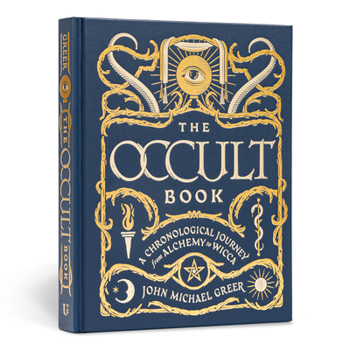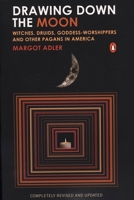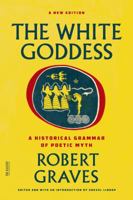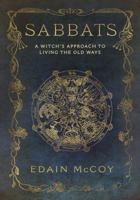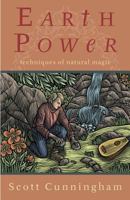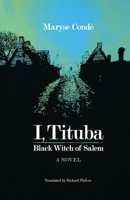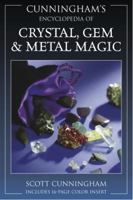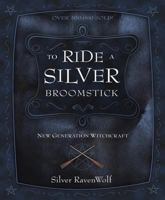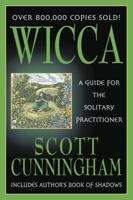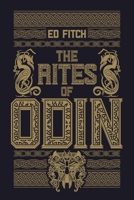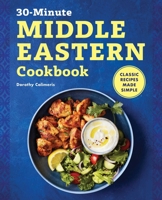The Occult Book: A Chronological Journey from Alchemy to Wicca
Select Format
Select Condition 
You Might Also Enjoy
Book Overview
Explore the occult from ancient times to the modern day with one of its most respected scholars and practitioners.
Take an enlightening journey through occult history, exploring 100 dramatic incidents, arcane knowledge, and key historical figures from around the world. John Michael Greer delves into two millennia of tradition, from the earliest alchemists to pagan rituals; from the Philosopher's Stone to Cabala, the first tarot, and the Knights Templar; and from the first horoscopes to fortune-telling trials and the birth of modern witchcraft, or Wicca. Each entry features a stunning image or intriguing item of ephemera.
Take an enlightening journey through occult history, exploring 100 dramatic incidents, arcane knowledge, and key historical figures from around the world. John Michael Greer delves into two millennia of tradition, from the earliest alchemists to pagan rituals; from the Philosopher's Stone to Cabala, the first tarot, and the Knights Templar; and from the first horoscopes to fortune-telling trials and the birth of modern witchcraft, or Wicca. Each entry features a stunning image or intriguing item of ephemera.
Format:Hardcover
Language:English
ISBN:1454925779
ISBN13:9781454925774
Release Date:October 2017
Publisher:Union Square & Co.
Length:224 Pages
Weight:1.74 lbs.
Dimensions:1.0" x 7.0" x 8.9"
More by Dorothy Calimeris
Customer Reviews
6 customer ratings | 5 reviews
There are currently no reviews. Be the first to review this work.











